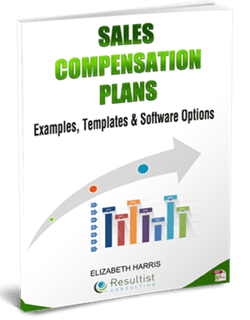Back in 2012 Forbes dubbed the Chief Revenue Officer (CRO) “the CEO’s new secret weapon,” highlighting the importance of this role in C-suite leadership. Over the last decade the way we view revenue has evolved, paving the way for the CRO role to expand and flourish. In fact, Stephen Hurrell has forecasted that, “By 2023, almost one-quarter of organizations will establish a Chief Revenue Officer leadership role, focusing on all channels of revenue, not just direct sales.”
Anita Little explains the business rationale behind the rise in CRO roles when she says, “Businesses are realizing that to stay agile, strategic, and most importantly, sustainable, they need a CRO who can fold marketing, sales, and customer success into one seamless revenue machine.”
However, whether a company employs a CRO or not, it is still crucial to understand how revenue has evolved. Staying ahead of your competition requires a firm understanding of how to evaluate revenue, where digitalization has changed revenue generation, who should be included in revenue conversations, and what strategic revenue planning looks like in a post-pandemic world.











